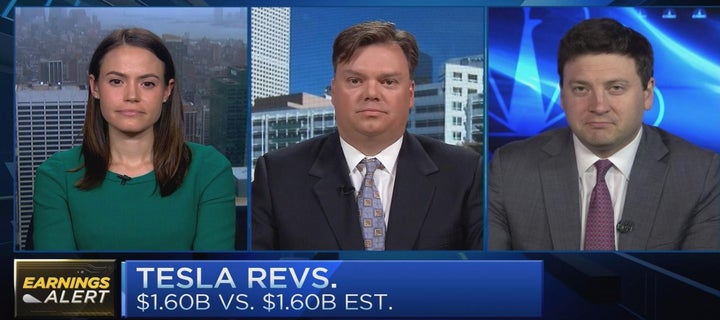
There seems to be no rhyme or reason.
Ralph Lauren’s stock jumped 6% (Q3 2016) after both revenue and earnings declining more than 4%. Tesla’s stock went up 3% after missing earnings but beating revenue. Verizon’s stock missed revenue, beat earnings, and went down 2%. Chipotle missed both revenue and earnings yet its stock soared 6%. After beating both revenue and earnings, Wendy‘s stock dropped 5%.
Trading during earnings seasons can be tricky.
Investors have to ask, “What the heck is the Street looking for?”
The answers are, inescapably, one or more of three things: the topline revenue growth, margin expansion, and bottom line earnings growth.
When to watch which?
During economic uncertainty, such as now, the market pays special attention to revenue growth. This is why NFLX was down a whopping 13% after beat earnings but missed revenue.
During high growth periods, earnings growth or profit margins are the focal points. As long as company products can be differentiated by the customers, such as technology, so can their earnings growth by the market. This is why the investors “like” Facebook over LinkedIn, Apple over Samsung, and Microsoft over IBM. This is also why investors don’t care about the earnings of any particular commodity or energy firm, but only worry about the commodity and energy prices.
Nowadays, the buzz word for earnings seasons is “guidance.”
Often times, the market does not react to whether the company has beat or missed this quarter, but to what the company can do for shareholders next quarter. Case in point, Fitbit is one of those companies that have done everything right but not been rewarded by the market They have beat the estimates in all quarters since their IPO a year ago, yet its stock dropped 60% from its offer price. What shareholders seem to look for is not whether they beat the numbers, which are set at a lower bar nowadays anyway, but what the guidance will be for the next quarters.
Incidentally, you would be surprised how accurately and quickly that traders can price in the numbers almost instantaneously following the announcement. Although the first price print, literally seconds around the announcement, can be widely volatile, the eventual “fair” price usually can stabilize within 5 minutes. Almost always, that 5-minute price print is remarkably close to the closing price of the following day session. In other words, there is no benefit to trading after the immediate release of the earnings report.
Don’t think you can out trade others just because you think you were the only one watching the earnings announcements.
That being said, most traders are also familiar with the well-documented, in the academic literature, “earnings drifts” into the post-announcement period. Contrary to market efficiency, stocks have been known to “drift” in the same direction of an earnings surprise for several weeks or even months after the quarterly earnings announcements. The drift has been attributed to investors’ tendency to under-react to the news. Investors should be cautioned, though, in trading this seemingly profitable pattern. After adjusted for risk and transaction cost, the remaining profit becomes academic.
Disclaimers: I can’t think of anyone that this article can offend.
